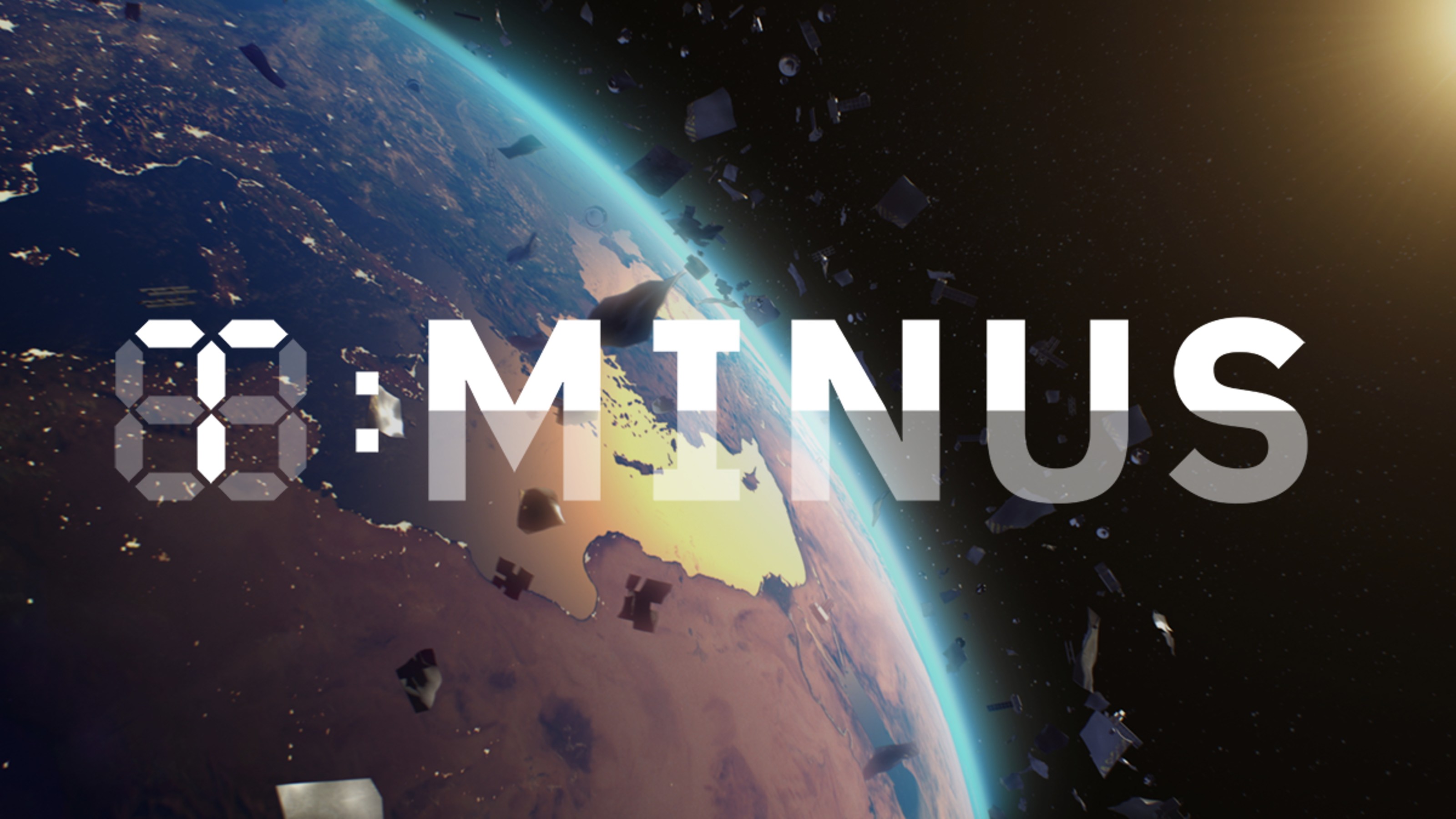Astronomy Faces A Mega-Crisis As Satellite Mega-Constellations Loom
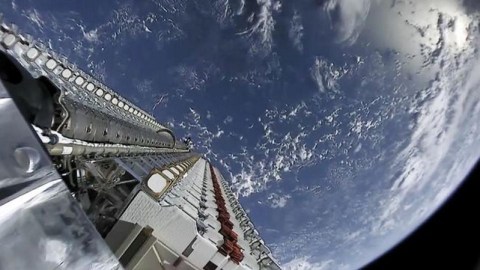
The night sky is already noticeably different, and bigger changes are ahead.
For all of human history until the launch of Sputnik, the only objects in the night sky were naturally occurring ones. From any dark sky site in the world, which included many suburban and rural areas in the 1950s, you could simply look up on a clear night and take in the vast expanse of the Universe beyond our world. In the absence of light pollution, a moonless night would reveal to your naked eye thousands of stars, numerous deep sky objects, extraordinary detail in the Milky Way, and even the occasional comet or asteroid.
Since the dawn of the space age, the night sky has changed in two major ways. The rise of light pollution, made worse by the recent widespread adoption of LED lighting, has restricted pristine, dark skies to a few isolated locations around the globe. Satellites, on the other hand, were only a minor nuisance until recently. Over the past 18 months, the construction of satellite megaconstellations has begun, and the impact has been severe on professional and amateur astronomers alike. Astronomy is facing a crisis, and although some players in the industry are listening, no one has yet met even the basic criteria set forth by astronomers worldwide. Here’s what you need to know.
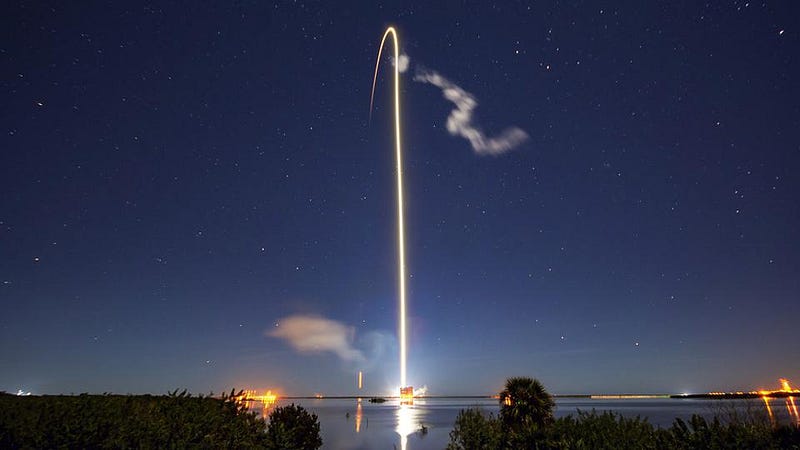
There’s a new revolution now upon us, brought on by the development of relatively low-cost launches. It’s now cheaper than ever to put large, repeated payloads into low-Earth orbit, and that is what’s presently enabling a new type of space-based infrastructure: large constellations of satellites. Motivated by the possibility of bringing a next generation space-communications network online, providing high-speed, low-latency capabilities to communities that lack ground-based infrastructure, these constellations are still in their infancy, but are growing rapidly.
No one is denying the technological benefits that this offers for humanity, but there are costs that we’re all paying. It’s now been more than a year — since January 6, 2020 — that SpaceX has become the largest satellite operator in the world, where their Starlink satellites now number more than 1000, and are brighter than more than 99% of all previous satellites. From the first launch train of satellites that surprised everyone to their continued brightness in their final orbits, a glimpse at a dark sky highlights what needs to be done.
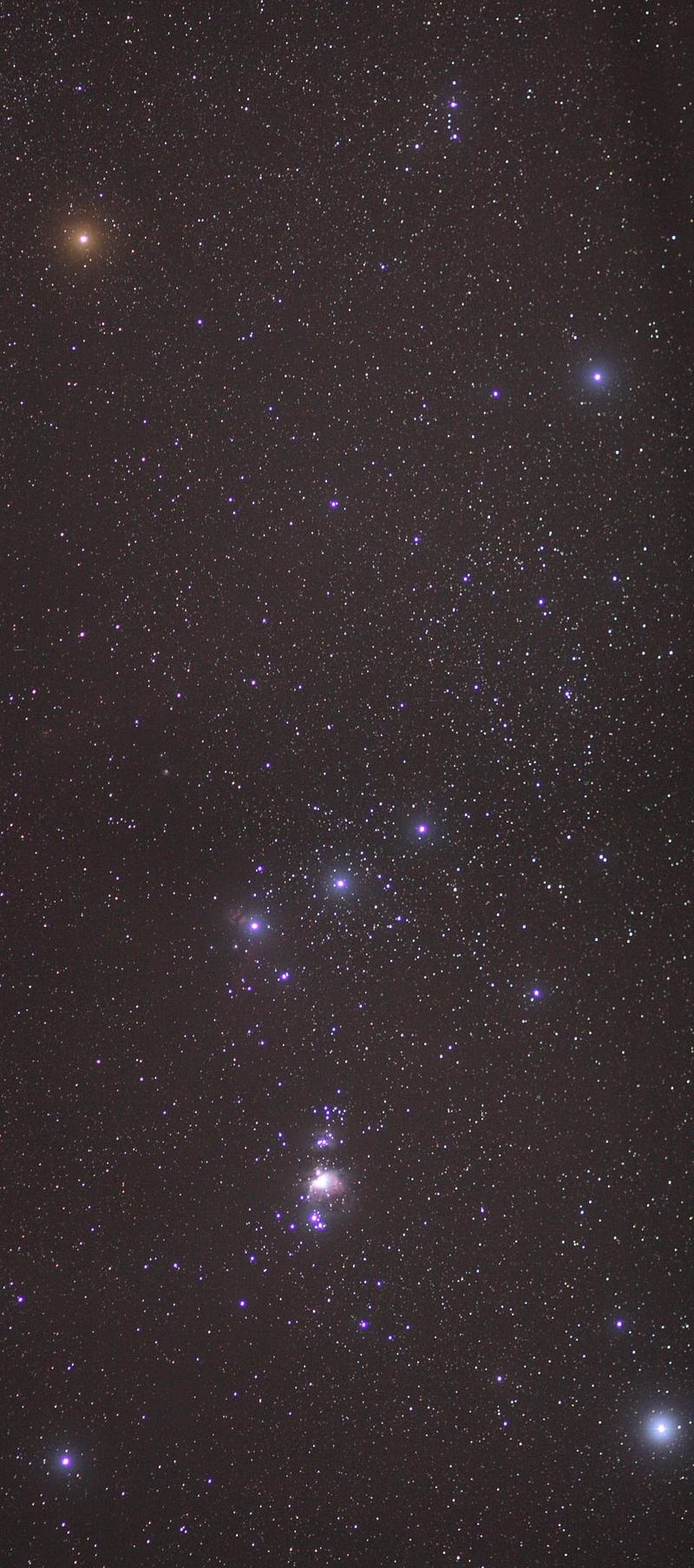
Under very dark conditions, the night sky looks almost like it always does. If you walk outside once the sky has darkened, you’ll be greeted by the constellation of Orion, towering over the northern hemisphere by 10 PM nightly. But if you sit around and stare at the dark sky for even a few minutes, you’ll likely see a series of slow-moving streaks out of the corner of your eye. Look directly at them, and they’ll likely disappear. These are the current Starlink satellites, appearing in a typical human’s averted vision, but disappearing when you look directly at them, due to the plethora of rod off-axis in your eyes but the small number of them (as that’s where the color-seeing cones in our eyes are) directly along our line-of-sight. Stargazing itself is now polluted by a constant set of interruptions to our eyes.
And that’s only considering the night sky’s appearance, today, to your naked eye. If you’re an amateur or professional who engages in astronomy of any variety — using telescopes, binoculars, or participating in astrophotography — the situation only worsens. The most viewed deep-sky objects are the 110 members of the Messier catalogue, which span a variety of locations in the sky. If you were to pull out a telescope and view any of these 110 objects as of August of 2020 (and over 400 new Starlink satellites have been launched since that date), the video below illustrates what you’d see when these objects are visible in the sky.
There are, at last count, over 100,000 new satellites of this variety planned to be launched during the remainder of the current decade. Astronomers, despite receiving no funding for any of this work, have volunteered their time and resources to develop a series of recommendations for companies to follow, with the intent of minimizing the damage done to both the night sky we all access and to the cutting-edge telescopes that help us understand the Universe around us. As numerous scientists commented at the American Astronomical Society’s annual meeting last week, the AAS Committee on Light Pollution, Radio Interference, and Space Debris has been very, very busy for the past 18 months.
As a result of two major workshops last year — SATCON1, which was led by the National Science Foundation, NOIRLab, and the AAS, as well as Dark and Quiet Skies, led by the International Astronomical Union, the United Nations, and the IAC — astronomers have put forth a series of major recommendation guidelines for satellite providers to follow. The two takeaways that are worth emphasizing for optical astronomy (which affects the light we see) are these:
- satellites at low altitude are better than satellites at high altitude with 550–600km as the highest recommended figure,
- and satellites should be below magnitude +7 at that altitude, limited to about ~30% of the brightness limit that our naked eye can perceive.
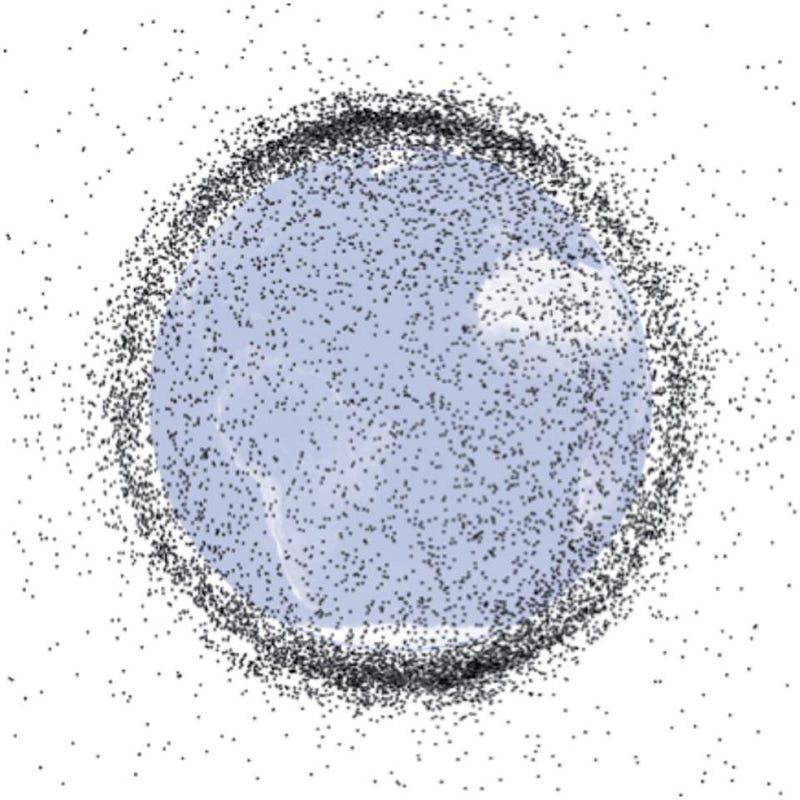
Astronomers have been clear and consistent in their messaging that the goal is to minimize the impact of these satellites at all stages of the process, as well as to minimize the impact they will have on everyone: skywatchers, amateur astronomers, and professionals. That includes minimizing the amount of time prior to raising satellite orbits to their final altitudes, minimizing brightness during deployment and orbit raising, minimizing the brightness during final orbit and deorbiting, and minimizing the amount of time that these satellites will affect our views.
The worst case for a satellite constellation is that they be both bright and at high altitude. A constellation of 10,000 satellites, for example, would have approximately ~120 satellites visible at sunset from anywhere on Earth at 1,000 km altitude, whereas only ~40 would be visible at 500 km. The 500 km satellites streak faster across the sky, so they interfere with observations for less time than higher altitude orbits. Most importantly, lower-altitude satellites enter into Earth’s shadow more rapidly and easily, leaving sizable windows where satellites won’t interfere with observations. The higher-altitude satellites, however, remain a problem all throughout the night.
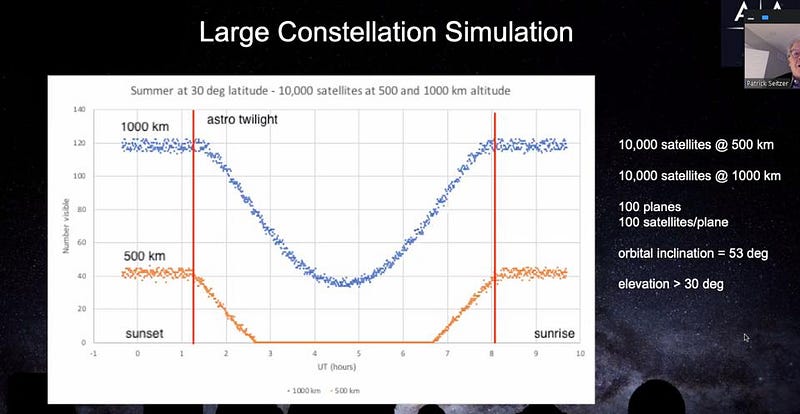
SpaceX, with their Starlink satellites, is the pioneer in this endeavor, having made substantial progress in improving their satellites. However, despite these improvements, they’re also the greatest offender in terms of satellite pollution. The original Starlink satellites were between magnitude +1 and +2 immediately following launch: about as bright as the 20th brightest star in the sky, and at magnitude +4 to +5 in their final orbits, making them easily bright enough to be seen with the naked eye.
Their first attempt at mitigation was a DarkSat, which was darkened on the outside, but was largely unsuccessful. The satellites were still far too bright, particularly during their orbiting phase. The VisorSat — which blocks sunlight from hitting the antennae — is much better, particularly when coupled with an orientation roll. This reduces the overall brightness substantially by about 1 to 2 magnitudes over the original Starlinks, and the most recent ~400 satellites (since August 2020) all have Visors equipped. However, they sit at magnitude +6, not +7, and thus are not generally invisible to the naked eye.
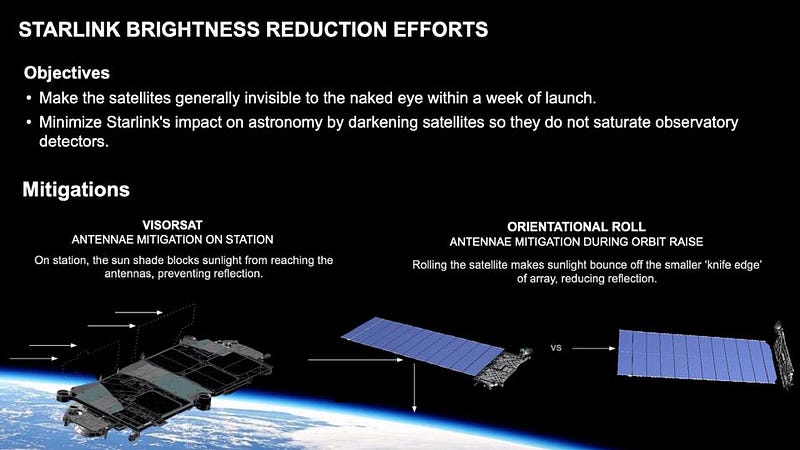
Two other planned megaconstellation providers have begun speaking with astronomers as well: Amazon Kuiper and OneWeb. After conversations with astronomers, both constellation providers put forth plans that, at least nominally, were geared towards partially addressing astronomers’ concerns. Kuiper is planning on launching the smallest number of total satellites this decade: between three and four thousand, according to their most recent plans, although the satellites will fly at a range of 590–630 kilometers, which is above the 600 km threshold proposed by astronomers.
OneWeb, on the other hand, previously had the largest original proposal at some ~48,000 satellites. They recently reduced that to only 6372, with a a phase 1 proposal for only 648. However, all of OneWeb’s satellites are proposed to be at a 1200 km altitude, which is not recommended for a variety of reasons. On January 14, 2021 at the American Astronomical Society’s annual meeting, OneWeb’s representative publicly stated, “OneWeb is committed to #ResponsibleSpace: design, deployment, and operations.” However, satellites at a 1200 km altitude do not meet that standard. According to astronomer Dr. Meredith Rawls,
“Higher-altitude satellites must be inherently less reflective than lower-altitude satellites to leave a comparable streak [in professional detectors]. This is due to two factors: orbital speed (lower altitude satellites move faster so spend less time on each pixel) and focus (lower altitude satellites are less in-focus, so the streak is wider but has a lower peak brightness.”
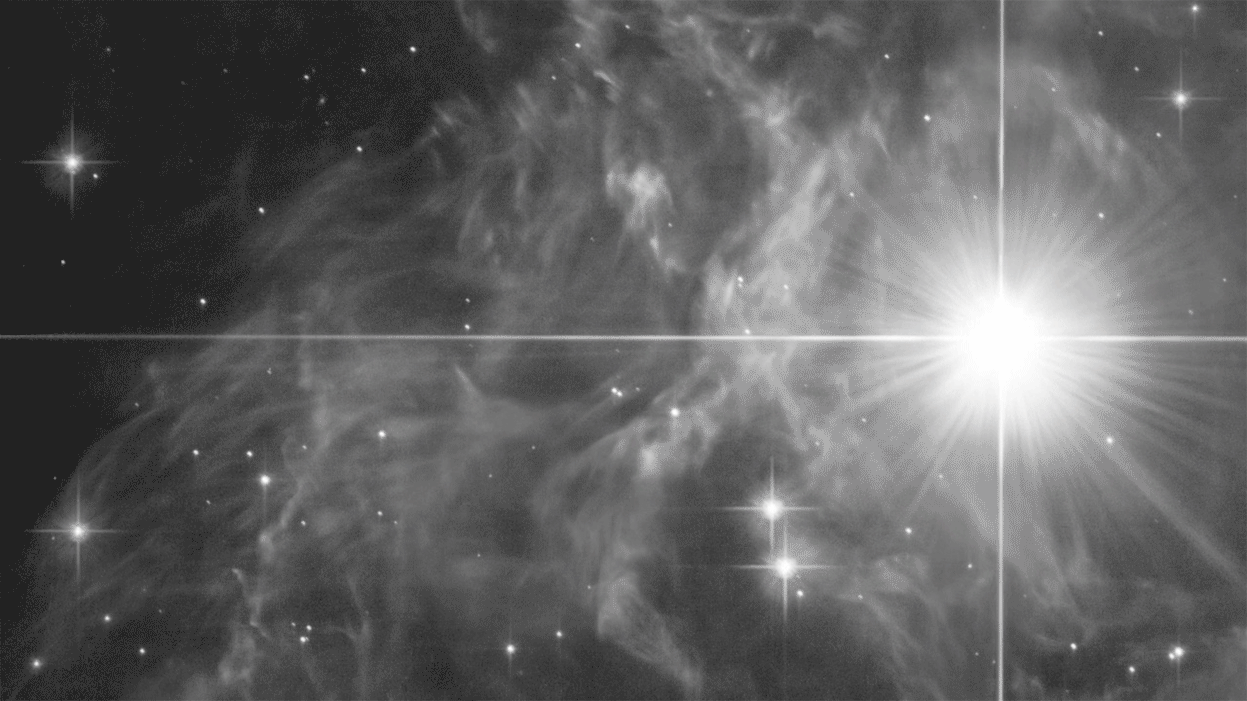
Of course, there are additional concerns beyond the three major providers that are currently in talks with astronomers. There are many planned international providers who haven’t yet come to the table to enter into discussion with astronomers. Given the lack of international treaties or regulations governing the peaceful use of space, there is substantial worry that a large number of small companies as well as large international providers will flout any recommendations that astronomers make. If there are no consequences for non-compliance with these recommendations, these criteria set forth by the community are essentially meaningless.
One suggestion put forth numerous times over the past 18 months was that satellite providers should willingly help fund astronomers in their efforts to overcome these new obstacles that they’re creating. As Dr. Chris Lintott put it, “To put substantial work into mitigation strategies, it would help to fund the astronomers you’re asking to do that work. Most who would be able to [help develop and implement these strategies] are grant-funded and unable to ‘donate’ time.”
As others have pointed out, if grant money must be reallocated towards satellite mitigations, then that negatively affects the community across the board. In addition to unusable images, “hot” pixels in our detectors, catalog contamination, false positive signals, lost discoveries, and longer required timetables to collect data, it would also directly cut into the funding of many astronomers’ careers.
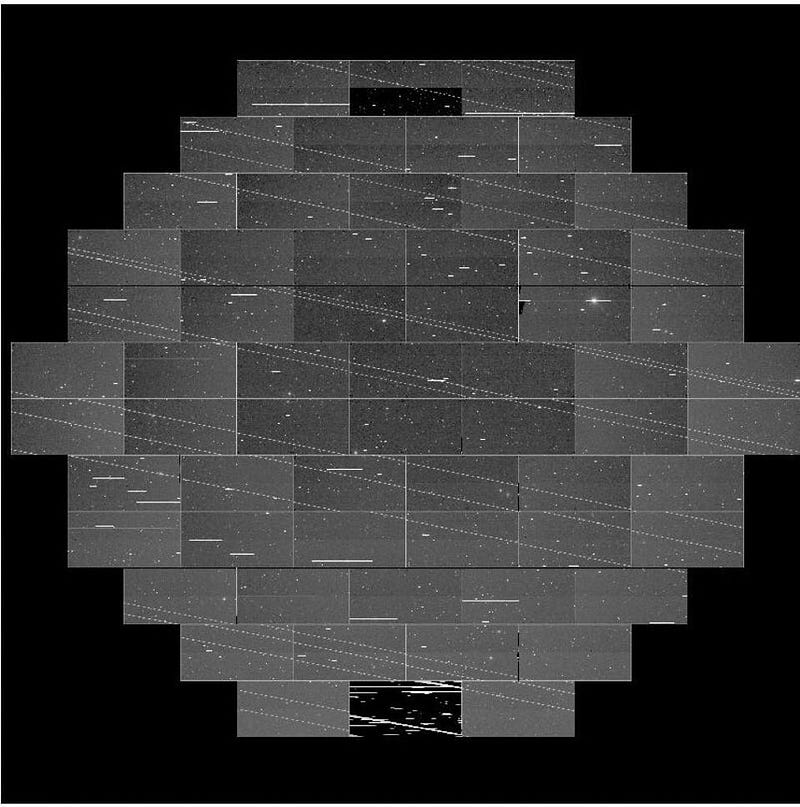
It’s important to recognize the real harms that these megaconstellations of satellites cause, and how numerous simplistic pseudo-solutions, as proposed by some, do not address the core problems.
You cannot simply “throw out” saturated pixels from one image. When a satellite passes through the field-of-view of an observing telescope, it will be bright enough to saturate the detectors, ruining their responses for some time even after the satellite has passed.
You cannot simply remove these trails with software. There may be unaffected portions of affected images that are still usable, but the affected portions are not.
You cannot average out the data to remove these trails. Astronomers are searching for objects that burst, brighten, move, or otherwise vary with time; time-averaging your data eliminates the possibility of these discoveries.
You cannot do all of your observing only during the hours where satellite pollution isn’t an issue. In particular, searching for and tracking near-Earth asteroids and other potentially hazardous objects can only be done near sunset and sunrise: when satellite pollution is worst.
You cannot rely on artificial intelligence to prevent satellite collisions. If a solar flare or space weather event knocks the electronics governing the continuous course corrections that these satellites make offline, there is no backup plan to avoid collisions. We simply have to hold our breath and hope until they come back online, recognizing we’re playing a cosmic game of Russian Roulette in the absence of some sort of “safe mode orbit” which has never been even proposed by satellite providers.
And you cannot solve your problems by doing all of your astronomy from space. The Hubble Space Telescope, like a number of observatories (including the International Space Station), are also in low-Earth orbit, at altitudes below those that these satellites fly at. Below, you can see an actual surprise photobomb from Starlink satellite #1619, which passed approximately 80 kilometers away from Hubble in this ruined observation taken for Dr. Simon Porter.
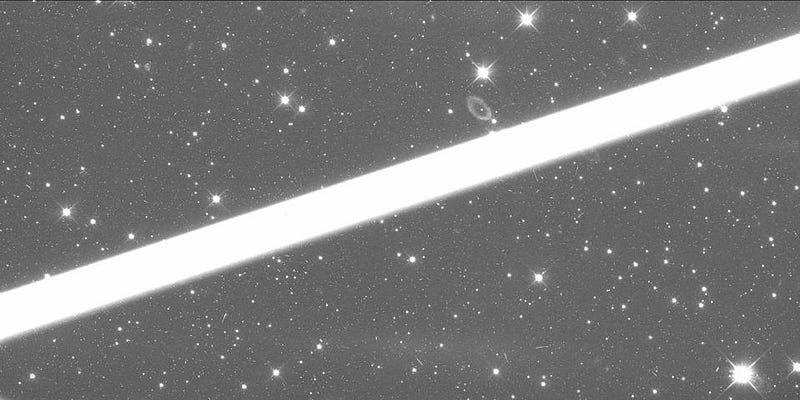
Moreover — and this is something that understandably troubles many in the community — not a single company has pledged to meet the modest goals put forth by astronomers: that satellites be no brighter than magnitude +7 at altitudes no higher than 600 km. In fact, of the more than 1000 satellites that have currently been launched to provide next-generation communications, exactly zero of them meet the desired criteria. On a clear, dark night, their presence already cannot be avoided.
Until a set of toothsome international regulations are put into place that would effectively govern the responsible uses of space, the worst-case scenarios we can concoct cannot be ignored. If enough satellites are present, an unfortunate collision could set off a chain reaction, turning low-Earth orbit into a debris field that will last for centuries. Scientific surveys will cost more and require longer periods of time, and many scientific products will see more false positives and be of inferior quality. As it stands now, the future of astronomy on Earth hinges on the present and near-future actions of a relatively small number of satellite providers.
Starts With A Bang is written by Ethan Siegel, Ph.D., author of Beyond The Galaxy, and Treknology: The Science of Star Trek from Tricorders to Warp Drive.


